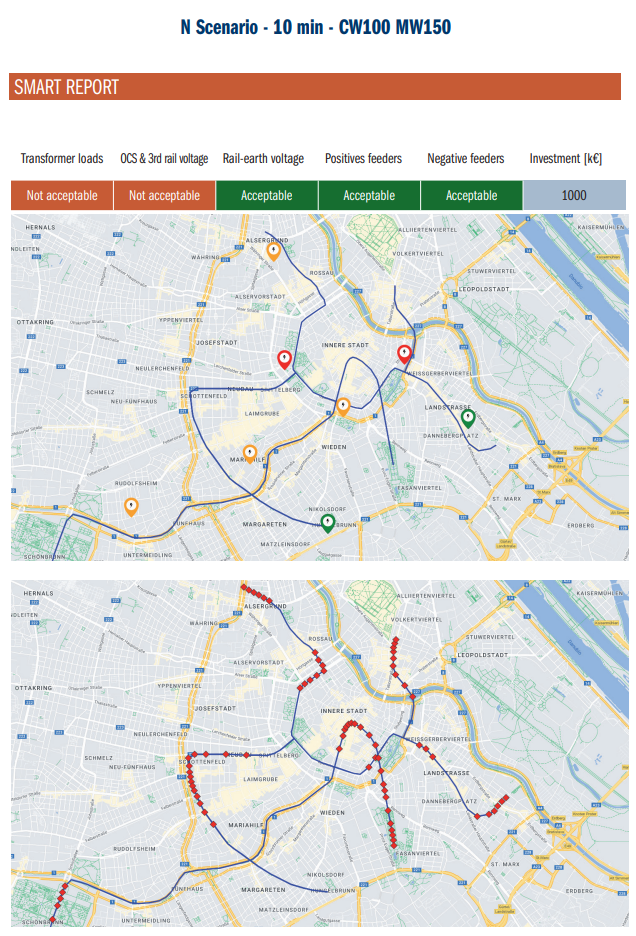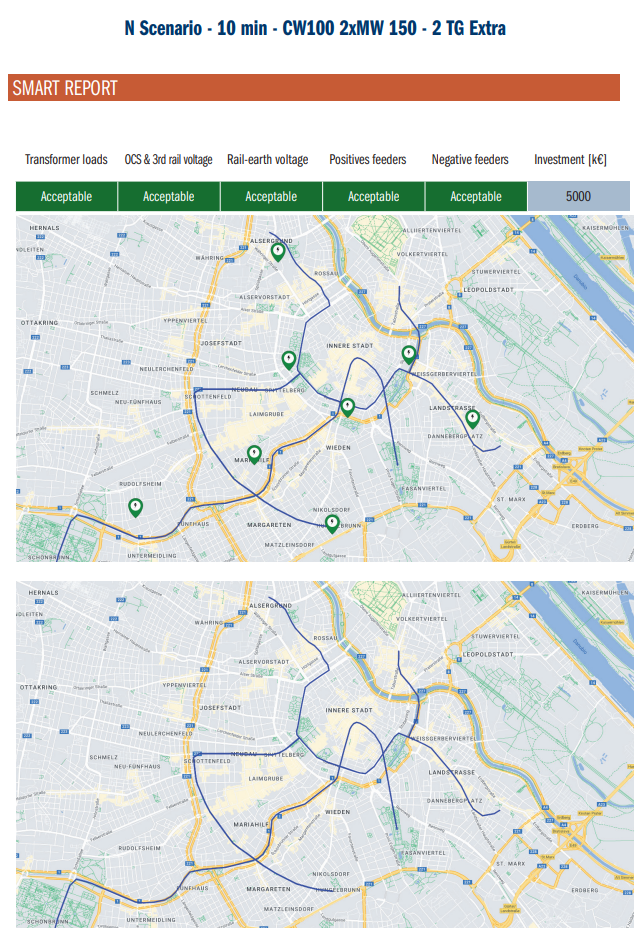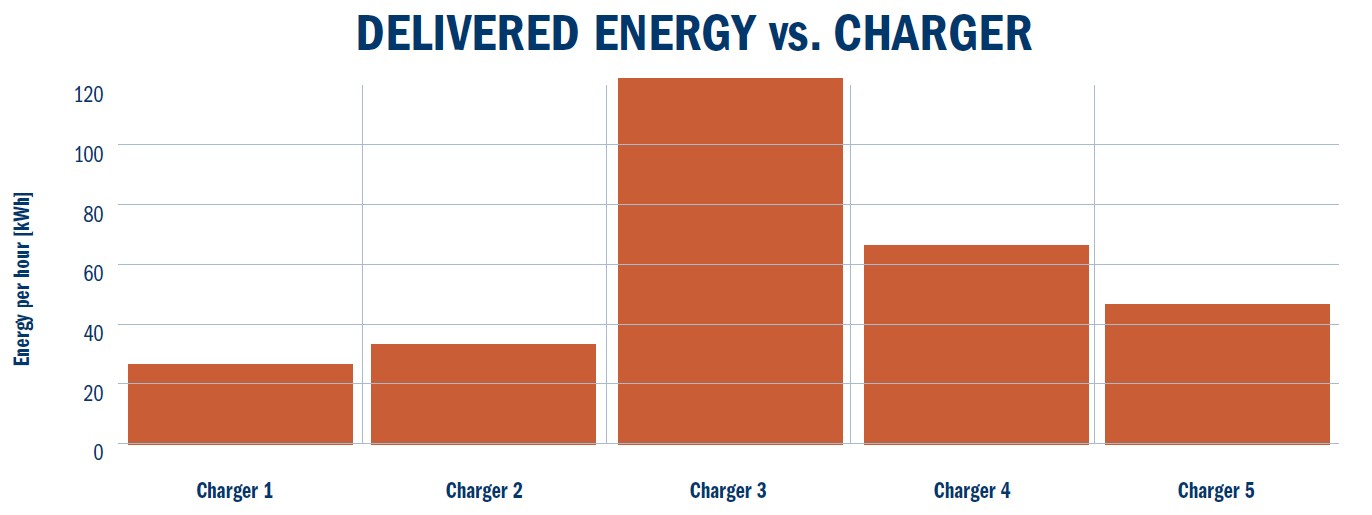Energy Flow Simulation
SaaS for simulating energy flows in light and heavy rail networks
SaaS for simulating energy flows in light and heavy rail networks
Using EFS you can 24/7 analyze your current and future network, solve problems and improve the performance of your traffic system, all by yourself, anytime and everywhere.
Obtain results in less than 24h.

Analyse the business cases of new timetables, new rolling stock, line extensions or maintenance of the substations during operation
See at a glance how the overloaded substations (in red) can be solved by yourself and choose the most cost-effective solution. Find and analyse the hot-spots on the network shown in red and find the best solution to this problem.
A visual and intuitive experience for the decision making process.



Detect overloads, avoid oversizing and reduce operating costs.
Helsinki Metro is studying with EFS the challenges for the next years, measuring the impact and testing solutions in their 3rd rail feeding system.
Read moreRotterdam Tram uses EFS to calculate the short circuit protection of the substations and to test innovative solutions powering the vehicles in rush hours.
Read moreDortmund increased the recuperation voltage of the vehicles and optimised its energy system with the help of EFS calculations.
Read moreAnalyse the business cases of several battery technologies, N-1 charging point scenarios and plan new routes with the existing battery capacity.

Analyse and optimise the battery performance with accurate state of charge (SOC) data on each line.
Get key information on battery state of charge and charger power for efficient and optimised operation management.


Electrification of the Western corridor from Gdynia to Witomino and Chwarzno. Study the options of e-bus and extra bus chargers, extend the actual trolley bus infrastructure with IMC vehicles and the combination of both solutions.
Read moreAnalyse the use of IMC buses. Charge the batteries in the city centre when running through the contact wire and run the last kilometres in battery without the need of extending the trolley infrastructure.
Read moreModel only with electric buses to analyse degraded charger scenarios. Also to determine how many times buses could run each line without charging.
Read moreAnalyse the business cases of contingency plans, degraded operation, energy contracts and pre-heating vehicles.
Analyse the effect of vehicles entering and leaving the depot.

Design the electrification of a new depot in the city of The Hague. Calculation of power and contracted energy values at the medium voltage purchase point.
Read moreCalculation of the storage of new vehicles in an existing depot. Determine whether it is necessary to increase the capacity of the depot and, if so, define the electrification of the extension.
Read moreDesign of a new depot in the city of Berlin. Analysis of degraded scenarios and define contingency plans.
Read more